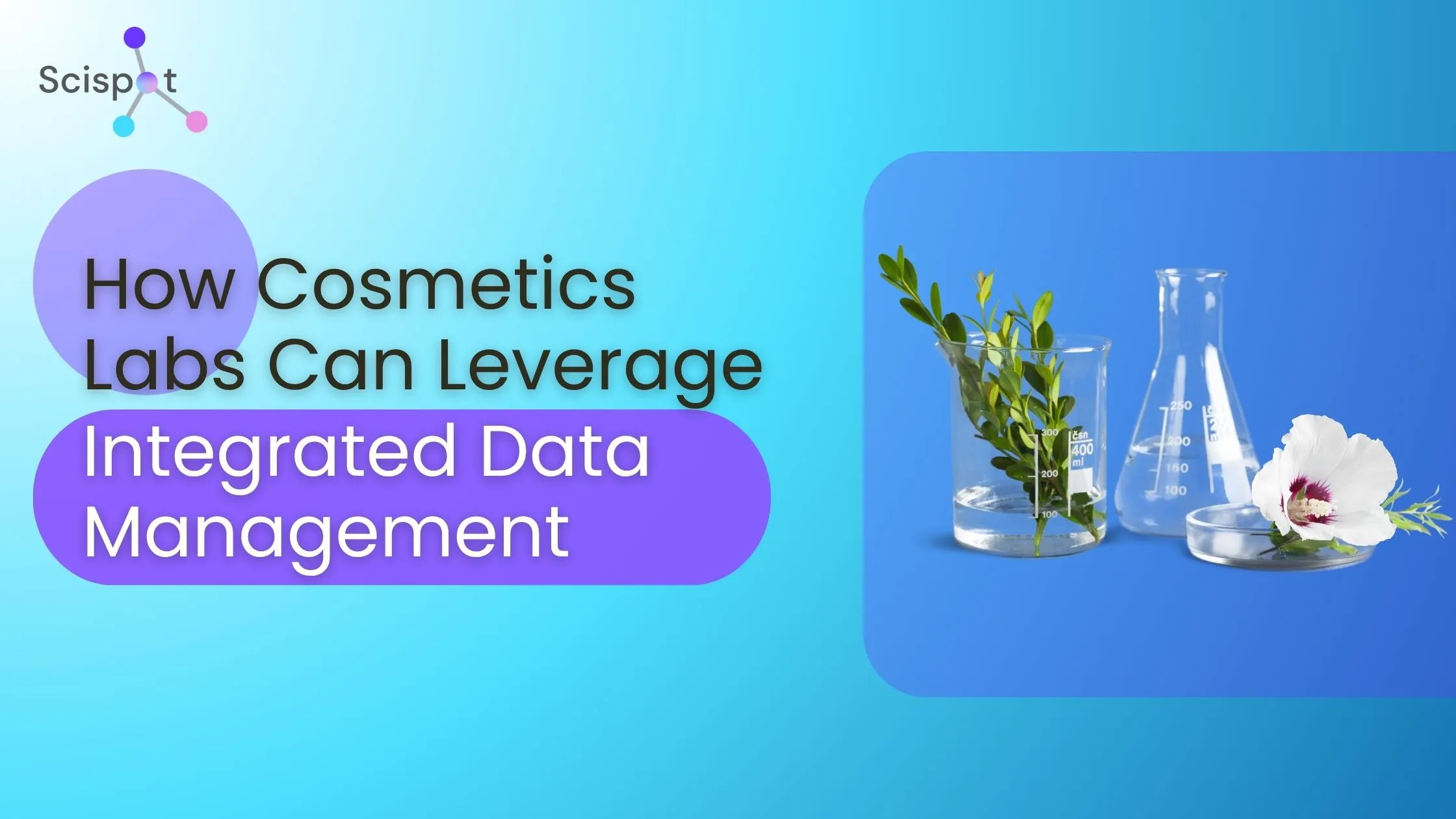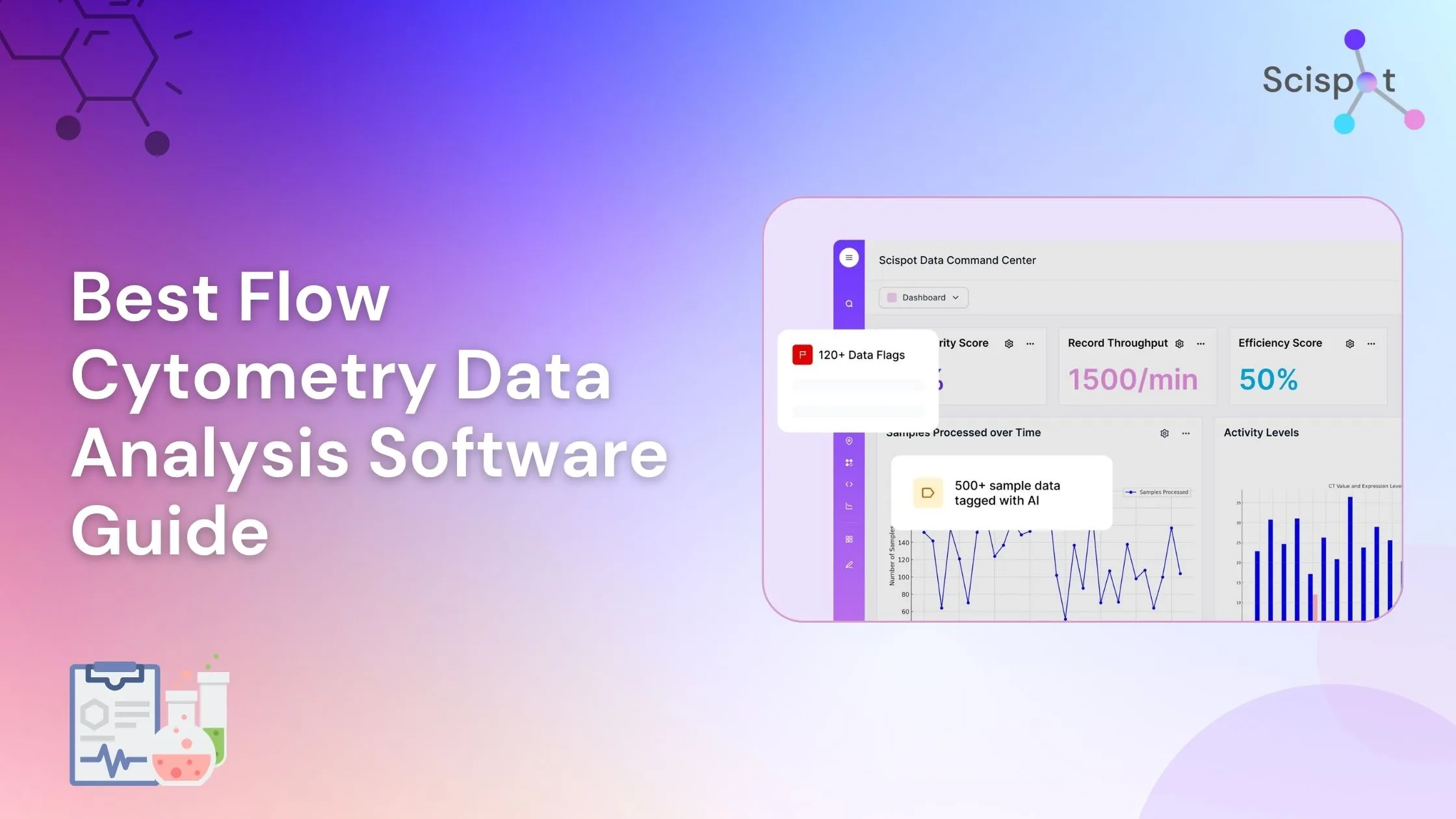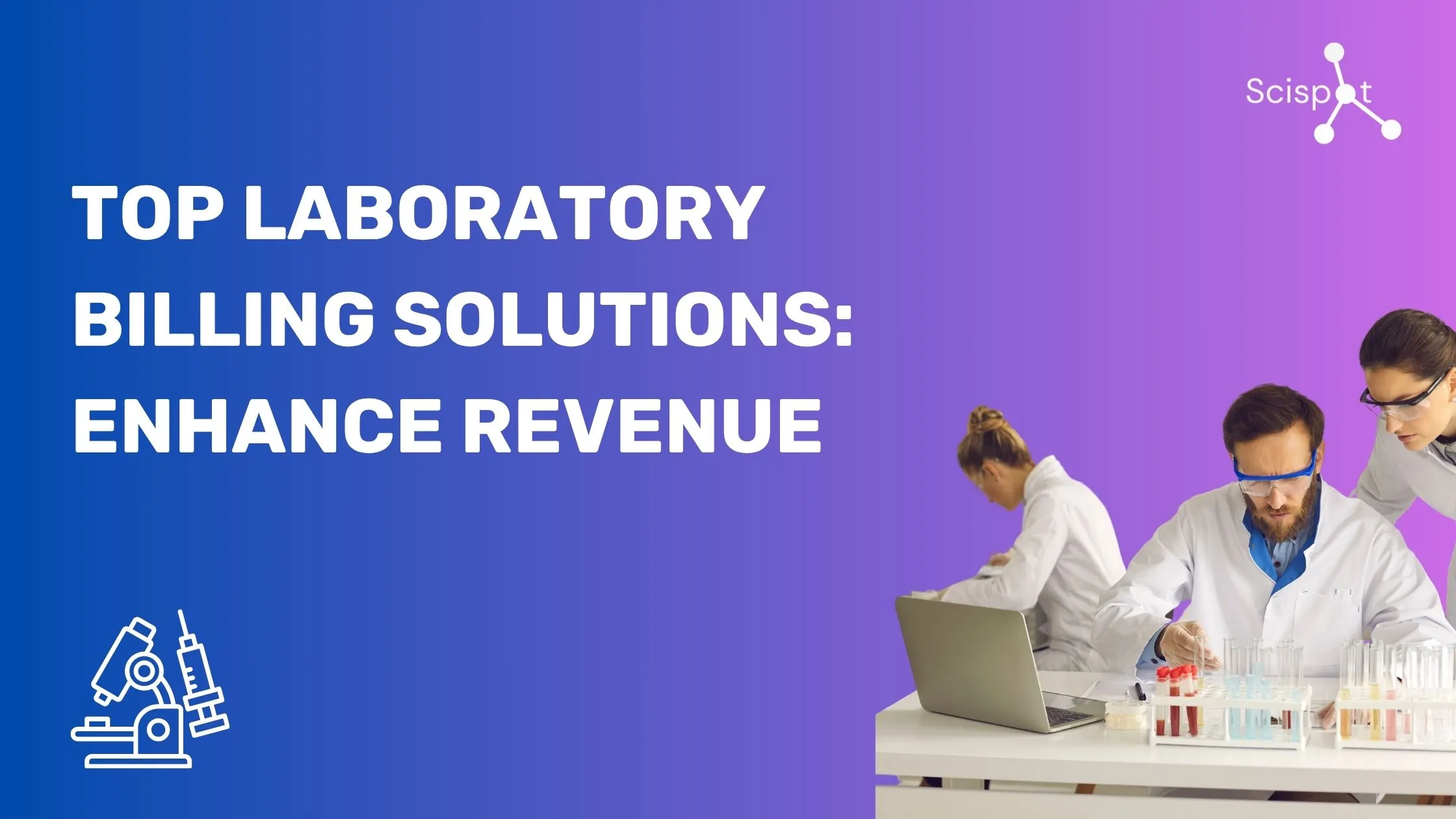Small cosmetics and biotech laboratories face a critical challenge that can make or break their growth trajectory. Manual spreadsheet systems and paper-based tracking methods that worked during startup phases quickly become operational nightmares as production scales up.
The beauty and biotech industries demand precision, compliance, and speed. Yet many growing labs find themselves drowning in administrative tasks, struggling with sample mix-ups, and facing compliance headaches that drain resources from actual research and development.
Why Manual Systems Fail Growing Labs
Most cosmetics startups begin with simple tracking methods. Excel spreadsheets, handwritten logs, and basic file sharing seem sufficient when handling small batch productions. However, as product lines expand and regulatory scrutiny intensifies, these manual systems create serious operational risks.
Laboratory operations become fragmented when data lives in isolated spreadsheets across different teams. Product formulation data sits in one system, quality control results in another, and inventory tracking in yet another. This creates dangerous blind spots that can lead to costly recalls or regulatory violations.
Resource-constrained teams spend countless hours on manual data entry instead of focusing on innovation. When key personnel leave, they take institutional knowledge with them, leaving gaps that can disrupt ongoing projects.
Manual lab data management also fails to provide the real-time visibility needed for informed decision-making. Production managers can't quickly assess batch status, quality teams struggle to track testing progress, and executives lack the operational metrics needed to guide strategic decisions.

The Hidden Costs of Outdated Processes
Inefficient data systems create cascading problems throughout cosmetics and biotech operations. Sample tracking errors lead to repeated testing, wasting expensive materials and delaying product launches. Poor documentation makes audit preparation a nightmare, potentially exposing companies to regulatory penalties.
Quality control suffers when teams can't easily access historical data or trending information. This makes it difficult to identify patterns that could prevent future issues or optimize formulations for better performance.
As labs scale, these inefficiencies compound. New team members require extensive training on custom spreadsheet systems. Cross-team collaboration becomes difficult when everyone uses different tracking methods. Data integrity becomes nearly impossible to maintain across multiple projects and product lines.
Digital Solutions for Modern Lab Challenges
Modern LIMS for cosmetics companies provides integrated platforms that address these operational pain points through automation and standardization. These systems eliminate manual data entry through barcode scanning, automated instrument integration, and structured workflows.
Cloud-based platforms enable real-time collaboration across teams and locations. Formulation scientists can access quality data instantly, production teams can track batch progress in real-time, and management gains visibility into operational metrics that drive business decisions.
Biotech lab automation extends beyond simple data capture. Advanced systems integrate with analytical instruments, automatically capturing test results and triggering next steps in production workflows. This reduces human error while accelerating cycle times.
Digital transformation also enables better compliance management. Electronic signatures, audit trails, and automated documentation generation ensure regulatory requirements are met consistently. This reduces compliance costs while minimizing risk exposure.

Key Benefits of Integrated Lab Management
Automated laboratory operations deliver immediate improvements in accuracy and efficiency. Digital sample tracking eliminates lost specimens and provides complete chain-of-custody documentation. Barcode systems ensure samples are properly identified throughout testing processes.
Integrated quality management systems standardize protocols across all products and batches. This consistency improves reproducibility and supports continuous improvement initiatives. Real-time quality alerts enable rapid response to potential issues before they impact production.
Comprehensive reporting capabilities provide leadership with operational insights that drive strategic decisions. Cost per batch, cycle time metrics, and resource utilization data help optimize operations for maximum efficiency.
Modern systems also improve customer responsiveness. Real-time batch tracking enables accurate delivery commitments, while integrated documentation systems support faster regulatory submissions for new products.
Implementation Strategy for Growing Labs
Successful digital transformation requires careful planning and phased implementation. Start by mapping current workflows to identify the most problematic manual processes. Focus initial efforts on areas where automation will provide immediate returns on investment.
Choose platforms that offer trial periods and gradual rollout capabilities. This approach allows teams to validate system performance and adapt workflows before committing to full implementation. Look for solutions designed specifically for cosmetics and biotech applications, as these will have the necessary regulatory features and industry-specific workflows.
Staff training plays a crucial role in adoption success. Select systems with intuitive interfaces that minimize learning curves. Comprehensive training programs ensure teams can leverage advanced features effectively while maintaining productivity during the transition period.
Data migration requires special attention. Work with vendors who provide migration services and validation tools to ensure historical data remains accessible and accurate in the new system.

Measuring Success and ROI
Digital lab data management systems provide measurable improvements in key performance indicators. Track metrics like sample processing time, error rates, and compliance preparation time to quantify benefits. Most organizations see significant improvements within the first few months of implementation.
Cost savings typically appear through reduced manual labor, improved accuracy, and faster cycle times. Automation eliminates overtime costs associated with manual data entry and reduces the labor needed for audit preparation.
Quality improvements often generate the highest returns. Reduced errors mean fewer batch failures, less rework, and improved customer satisfaction. Better documentation supports faster regulatory approvals for new products, accelerating time-to-market.
Advanced analytics capabilities enable continuous improvement initiatives that drive ongoing value. Trend analysis helps optimize formulations, resource planning improves efficiency, and predictive analytics can prevent quality issues before they occur.
Future-Proofing Your Lab Operations
Modern cosmetics and biotech companies require flexible platforms that adapt to changing business needs and regulatory requirements. Cloud-based LIMS for cosmetics provides the scalability needed for rapid growth while ensuring data security and accessibility.
Integration capabilities become critical as organizations adopt new analytical instruments and digital tools. Platforms that connect seamlessly with existing systems protect technology investments while enabling future innovation.
Scispot's comprehensive platform addresses these needs by combining sample management, experiment tracking, and regulatory compliance in a single, integrated solution. This approach eliminates data silos while providing the flexibility needed for diverse cosmetics and biotech applications.
The platform's cloud-based architecture ensures scalability and security, while advanced integration capabilities connect with existing instruments and systems. This comprehensive approach supports both current operational needs and future growth requirements.
For cosmetics labs specifically, Scispot offers specialized features for product formulation tracking, batch management, and quality control workflows. The system's automated reporting capabilities streamline compliance documentation while providing the operational insights needed for continuous improvement.
Ready to transform your lab operations and eliminate manual data management bottlenecks? Book a free consultation with Scispot to see how our integrated platform can streamline your workflows and accelerate your product development timeline
.gif)







.webp)



